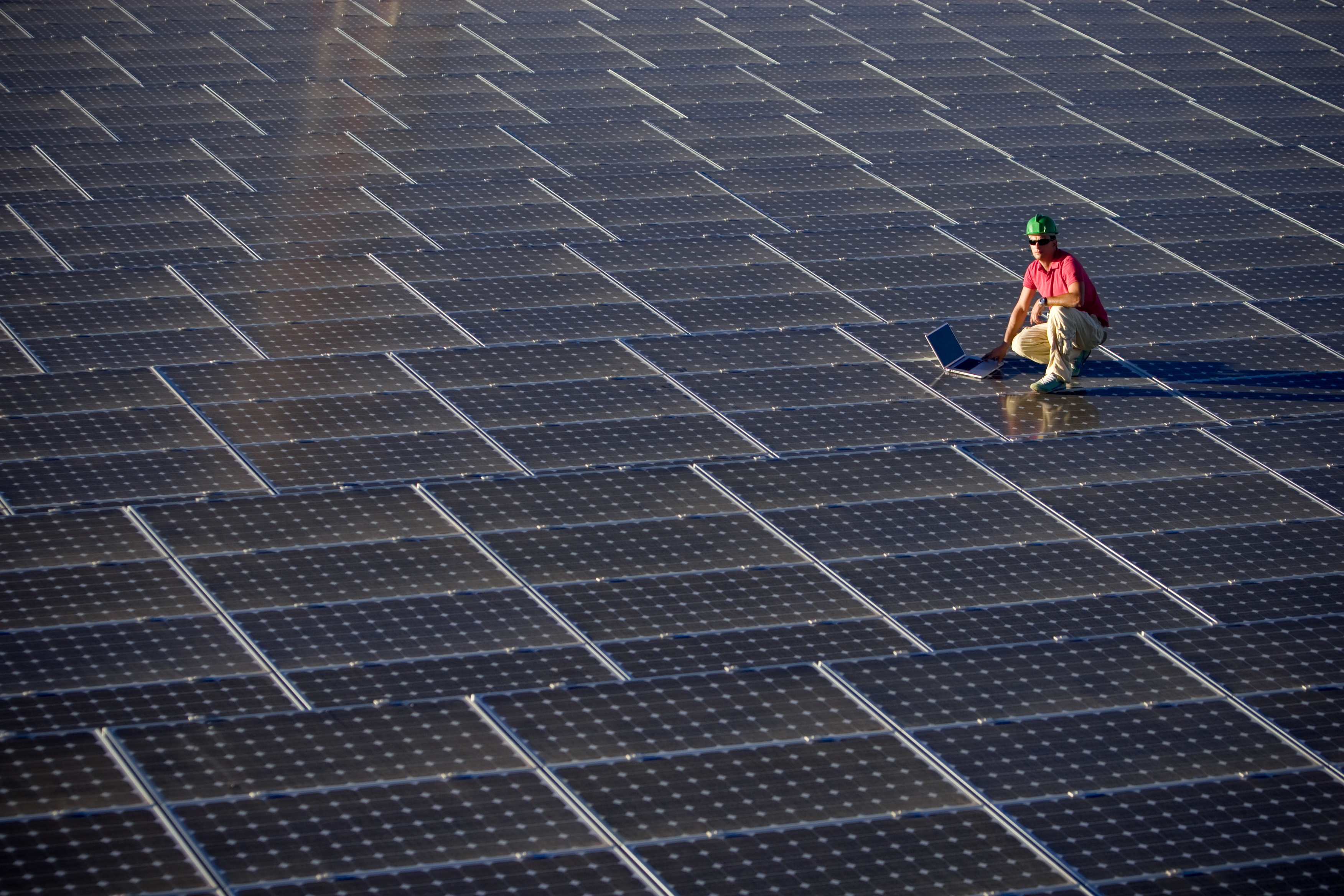Supported by:

Moving the Needle: Corporate climate action for a low-carbon world
Companies can drive carbon efficiency internally, but they can also enable their business clients and end consumers to reduce energy consumption and greenhouse gas emissions by purchasing their energy-efficient products.
One example is biochemical catalysts produced by Novozymes, a Danish biotechnology company. Novozymes has developed enzymes that help consumer-goods companies such as Unilever and P&G to produce laundry detergents that allow clothes to be washed in cold water. This saves energy and reduces the downstream carbon footprints of those companies. In this way, Novozymes is honing its competitive advantage with corporate customers, which are increasingly keen to shrink their carbon footprints.
The biotech firm also uses enzymes to help its customers optimise their production processes. For example, in textile manufacturing its products help to lower process temperatures. “If we can help them reduce energy consumption, we can help them cut costs and at the same time improve the CO2 profile of their processes and products,” says Claus Sig Pedersen, head of corporate sustainability at Novozymes.
In 2016, application of the company’s products helped customers to cut their CO2 emissions by an estimated 69m tonnes, according to Novozymes. Its goal is to increase this figure to 100m tonnes by 2020.
The goal of cutting carbon emissions is not the only factor driving customers to Novozymes. However, Mr Pedersen says it plays a significant role. “Our customers buy our products to cut costs or to create better-quality products,” he says. “But part of the reason they do business with us is that we have solutions that help them cut CO2 emissions. That helps us in winning business.”
US electronics manufacturer AMD is adopting a similar strategy. By developing products that are more energy efficient, it can help customers to meet their carbon reduction goals and drive down operating costs.
For instance, customers upgrading from AMD’s fifth-generation APU (accelerated processing unit) processors to its sixth-generation APUs can reduce their computer-related energy costs by 50%. Upgrading 100,000 personal computers to the sixth-generation AMD A-Series APU (from the previous generation) could save an estimated 4.9m kWh of electricity (worth about US$495,000 in US price terms) and 3,350 tonnes of greenhouse gas emissions over a three-year product service life.
While the efforts of AMD and Novozymes to tackle their Scope 3 emissions (those created by entities that they are linked to but which they do not own or control) are directed towards their business customers, other companies see carbon reduction as a means to strengthen their brand among consumers and increase sales.
This is the case for KPN, a Netherlands-based IT and telecoms service provider. The company believes that one of the benefits of achieving carbon neutrality is the opportunity to improve its image and so win customer loyalty.
Given the rapid growth in demand for high-quality, high-speed internet, increasing energy efficiency is not easy. This year, for example, the volume of data carried by the company’s networks is ten times what it was in 2010. “People want to enjoy a mobile, video and audio streaming experience that is seamless regardless of where they are,” says Marga Blom, manager of energy efficiency at KPN. “Coping with those volumes means we have to increase the capacity in our networks, and we intend to do that with less energy – but that’s quite a challenge.”
The company has nevertheless achieved this goal, by implementing efficiency programmes in its networks and data centres and simplifying its networks by migrating from a range of communications equipment to VoIP (voice over internet protocol) technology and transitioning to software-defined networks.
Meanwhile, KPN has reduced its greenhouse gas emissions by purchasing renewable electricity. Since 2011, the company has relied on renewable-energy sources for100% of its electricity. In addition, it is currently migrating to fossil-fuel-free vehicles, including both electric cars and vehicles that run on biogas and hydrogen fuel.
While these efforts have helped to position the company as a responsible supplier in the eyes of customers, KPN also helps customers to reduce their carbon emissions and generate savings of their own. The company explains that effective modems designed by KPN facilitate better telecommunications and enable increased teleworking, helping customers to cut their carbon emissions. “Last year we calculated that customers [using our services] saved €60m through less commuting and travel by using video and audio conferencing,” says Ms Blom. “And by highlighting those benefits, we can attract new customers and grow our market share.”
However, spreading carbon reduction throughout the value chain requires collaboration, say Ms Blom and Mr Pedersen. Both agree that partnerships with customers are required in order to understand where downstream carbon efficiencies can be achieved. For Novozymes, this even means sending its experts to work with customers, such as those in textile manufacturing, to explain to them which types of enzyme can be used in different parts of the production process. “That can only take place when you have a longstanding relationship,” says Mr Pedersen. “Because it’s only when we really understand and trust each other that we can create the highest possible benefit for both parties – then two plus two equals at least five.”






